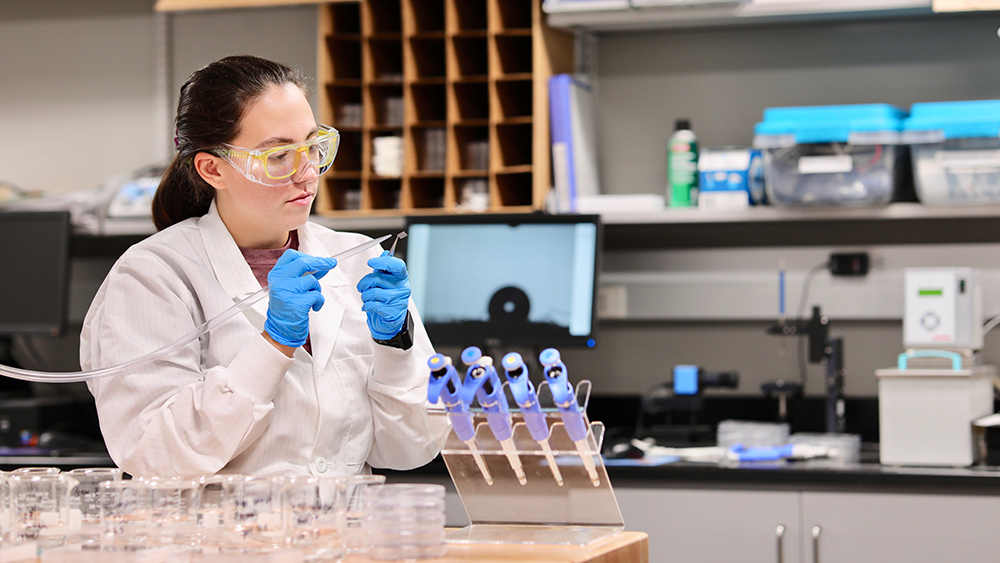
A team of researchers led by Dr. Svetlana Sukhishvili, professor in the materials science and engineering department and director of the Soft Matter Facility at Texas A&M University, is developing the next generation of biomedical soft materials. Their ultrathin coatings, which react to increases in temperature, will be able to deliver molecular treatments, such as antibiotics, to patients.
The project, funded by the National Science Foundation, is a continuation of a previous study that created the framework for designing soft biomedical materials for chronic wound repair.
Consider a fever or inflammation around a wound.
As a patient’s temperature increases, it becomes imperative to treat the symptoms to keep them on the road to recovery.
However, that has not been the focus of past studies and innovations.
“When temperature is used as a trigger for nanocontainers attached to surfaces, most previous works have focused on coatings that respond to a decrease in temperature,” said Sukhishvili. “Here, we are expanding this platform, to become more practical and respond to an increase in temperature.”
In real-world situations involving antibacterial or drug delivery coating on medical implants or wound dressing, Sukhishvili explained, protective molecules are needed to decrease the risk of infection when temperatures increase, not decrease.
“To fill this gap, we have been studying ultrathin coatings which contain nanocontainers (star molecules, micellar spheres) which provide controlled delivery of functional molecules upon heating,” said Sukhishvili.
In doing so, the researchers, whose synthetic efforts were led by post doctoral research associate Anbazhagan Palanisamy and graduate student Qing Zhou, are not only creating more applicable and effective medical materials, but are also gaining a fundamental understanding of how stimuli-responsive materials behave in practice.
“Developing stimuli-responsive materials that can deliver antibiotics only when needed is critical for the prevention of the spread of antimicrobial resistance, a rapidly increasing problem” said Victoria Albright, graduate student in the department of materials science and engineering who leads the antibacterial drive of the Sukhishvili lab.
The team included collaborators from Texas A&M University and Oak Ridge National Laboratory.Their findings were electronically published on the cover of Langmuir.
These materials also gained recognition at the Fall 2019 American Chemical Society Conference when Victoria presented a poster entitled “Surface modification of nanofibrous mats with polymeric micelles for enhanced tissue regeneration” that won “Outstanding Student Poster Award” from the American Chemical Society Colloid and Surface Chemistry Division, an award that is only given to three graduate student posters out of the entire division.